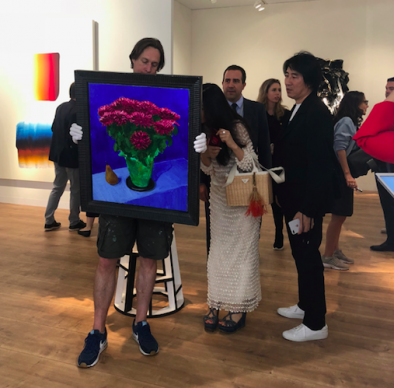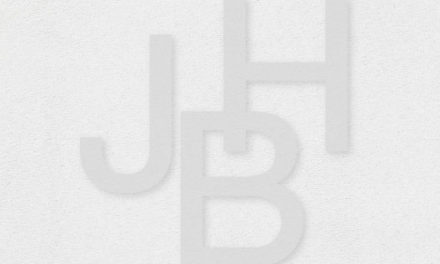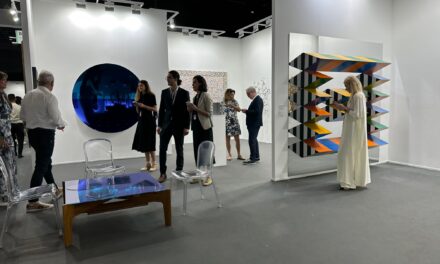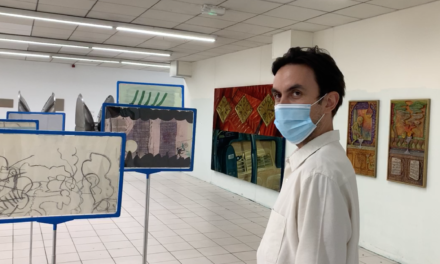This result gave rise to various controversies, largely owing to the fact that the work had been heavily restored, as pointed out a few years earlier by the National Gallery in London in their Leonardo da Vinci exhibition catalogue.
Up until the sale, this painting on wood panel had belonged to the Monaco-based Russian billionaire Dmitry Rybolovlev. He is currently involved in a legal dispute with the man who built up his collection and who is known as the ‘Freeport King’, Yves Bouvier.
It would seem that the Salvator Mundi had been guaranteed (1) by Taiwanese billionaire Pierre Chen.
The next step was to find out who had invested such a colossal sum for this artwork.
The most credible rumour seemed to be that the purchase of this painting – despite being on a very Catholic theme, depicting Christ as saviour of the world – was made by Saudi Arabian strongman Mohamed Ben Salman al Saoud, who has since been accused by the international media of being involved in the murder of Saudi journalist Jamal Khashoggi in Istanbul.
At last, on 8 December 2017, Christie’s announced that it was Abu Dhabi’s department of culture and tourism which had purchased the artwork.
A process which completely flouted the acquisition rules instated during the creation of the Louvre Abu Dhabi by Paris and the Emirati capital.
Even then, according to rumours it was Mohamed Ben Salman who had offered it to Abu Dhabi.
On 18 June 2018, the department of culture and tourism announced that the painting from the 1500s would be exhibited from 18 September at the Louvre Abu Dhabi, then from 24 October 2019 to 24 February 2020 at the Louvre in Paris as part of a large-scale exhibition on Leonardo da Vinci.
But on 3 September 2018, in a simple tweet, the same department of culture and tourism announced that the work would not be exhibited, giving no further explanation.
In fact, according to a well-informed source at the Louvre who wishes to remain anonymous, the Salvator Mundi simply cannot be found. As of today its location is unknown, and for now there is nothing to say that it will be able to feature in the exhibition at the Louvre next year, which is having other problems in terms of negotiations for loans of artworks with Italy.
Le Figaro stated on 22 November that “we have no further news (…) of this oil painting on wood”.
The first reaction would be to think that the Leonardo hasn’t been paid for.
But Christie’s is very clear on this subject: “This historic work of art continues to attract interest and speculation. We can confirm the painting has been successfully transferred to its new owners, under the scrutiny of appropriate experts, to the satisfaction of all parties.”
Explanations offered by others in the business include that it could be to do with renewed doubt in relation to the work’s overly robust restoration, questions of authorship, or even difficulties in using a plane to transport the fragile wooden panel, which has already been subject to damage over time and at various hands.
The communications department at the Louvre says: “The Louvre will not be commenting on the list of loans almost a year in advance of the opening of the exhibition.”
The mood remains optimistic in Abu Dhabi, since a rumour is circulating that the painting will be unveiled to the public on 2 December, a national holiday in the UAE.
It’s rare for a work of art to have given rise to so much controversy combining art history with geopolitics.
(1) The auction house established a legal agreement with a third party and the seller to ensure that, regardless of the outcome of the sale, the seller will obtain an exact sum arranged in advance. For anything above this sum, the profits are then shared out between the seller and the guarantor.
Donating=Supporting

Support independent news on art.
Your contribution : Make a monthly commitment to support JBH Reports or a one off contribution as and when you feel like it. Choose the option that suits you best.
Need to cancel a recurring donation? Please go here.
The donation is considered to be a subscription for a fee set by the donor and for a duration also set by the donor.





